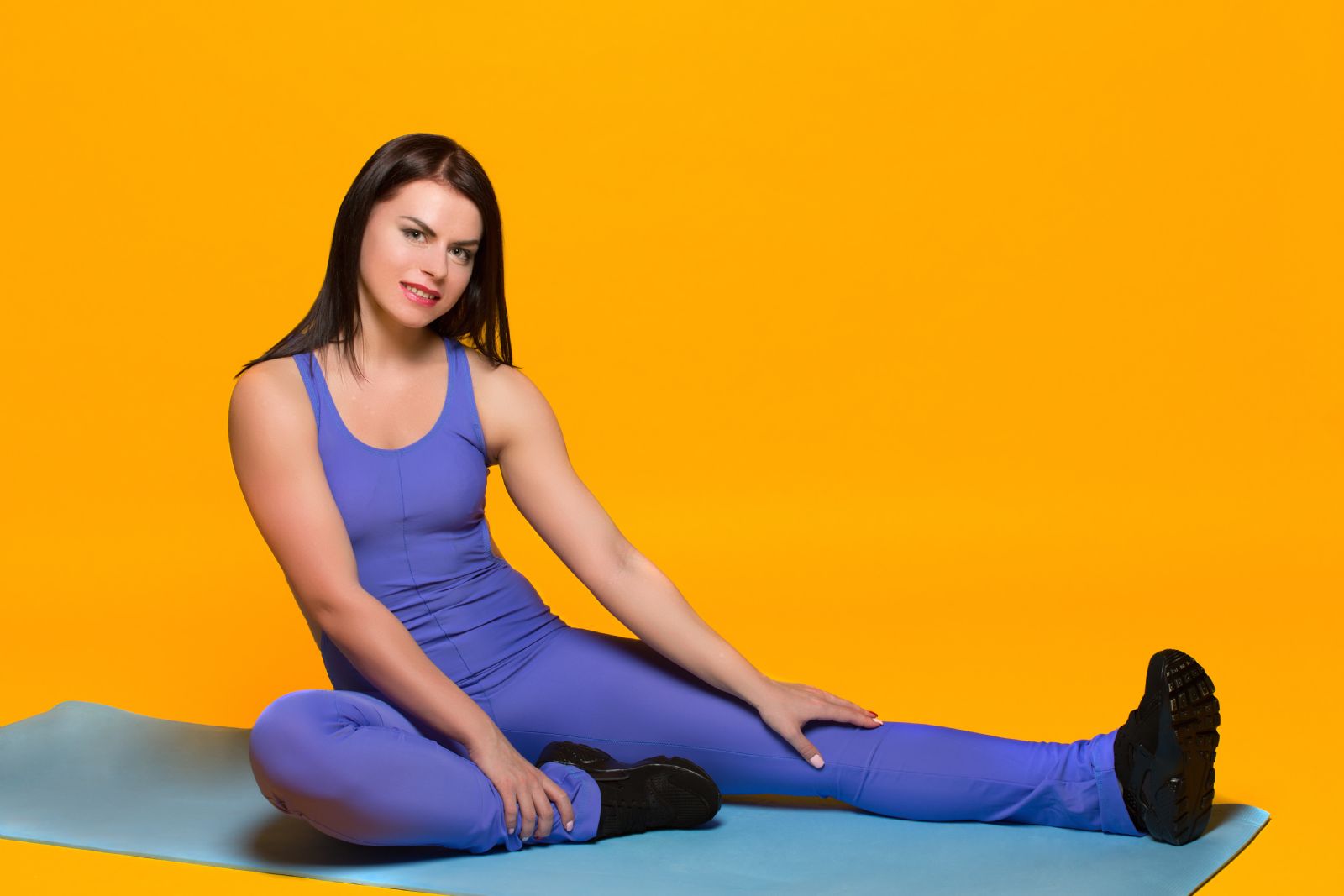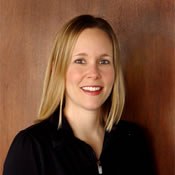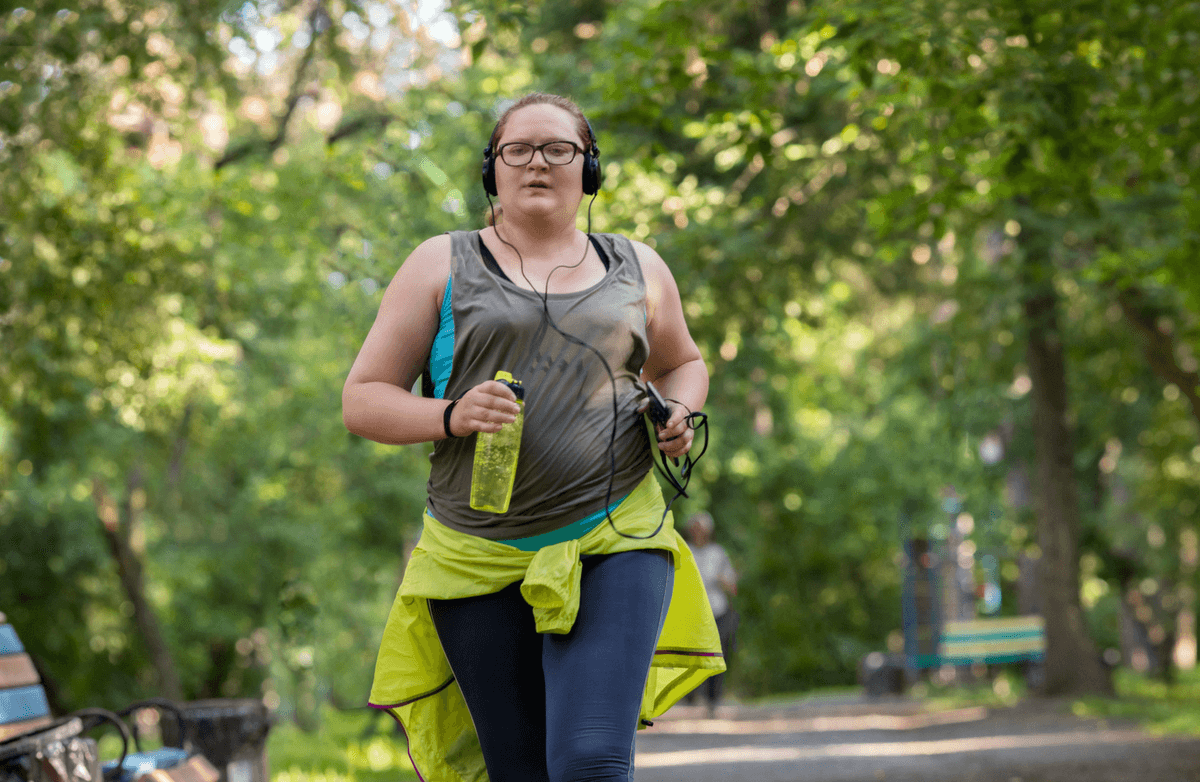|
"We're looking for women who have a shape like the rest of us in reality. We're not the size 4. REAL LIFE MODELS, PLEASE." "A little disappointed that SparkPeople chose this image to accompany the article. That woman is strong, beautiful, and probably around a size medium, which is well below the average size in the U.S. I'm happy you published the content of this article, but please be cognizant of images and the messages they send." "I wish SparkPeople would do a better job of using "real people" photos for their articles, and modifications for the less fit, less flexible and older members." "What in the world happened to that woman? She is so thin she doesn't look like she could stand, let alone cook. Is this SparkPeople's idea of a good role model? Even the runways now are requiring models be a healthy weight. How about SparkPeople following this trend?" When SparkPeople members speak, we listen. We've made many changes over the years based on suggestions and feedback from our members, and we take pride in the fact that we care about the user experience and are constantly working to improve. If you've ever thought or commented on an article with sentiments similar to the real member comments above, you too might be wondering why we consistently feature average-sized or even thin models in our article and blog images. We're not ignoring your feedback—the root cause is actually a bigger problem with stock photos in general and it is one that we struggle with regularly. As part of the article and blog writing process, we create "header" images that go at the top of each piece to attract and entice the right reader to content that will benefit their healthy living journey. When it's time to create an image, we rely on websites like Adobe Stock, iStock or Shutterstock to find images that adequately represent the information included in the article. As a small company, we don't always have the time and resources to take our own photos, so we pay a fee to license the ones we use. Sometimes we get lucky and find a quality photo right away, but other times it takes a whole lot of digging to find a photo that is a good fit for the piece. This is where things can get a little tricky. I, for example, recently wrote a piece about plus-sized workout modifications. I went to one of the sites listed above and searched for the keywords "overweight exercise." Although the search came back with thousands of results, many were not appropriate for a variety of reasons. Here are a few examples:  This man looks sad to be exercising—not exactly an image that makes a reader want to jump up and run to the gym.  Not sure if this is meant to be funny, but I wasn't laughing.  I'm not sure any chart would consider this woman overweight.  Once again, not exactly motivational. The standard of beauty represented in typical stock photos can be unattainable at worst and discouraging at best. As these examples show, many photos of those who don't fit society's definition of "fit" are presented in a cartoonish or joking way, instead of being just a regular person with a body that's relatable and real. SparkPeople makes a conscious effort to celebrate people of all shapes and sizes, and the images used on our site are no exception. We know and embrace that every body is different and strong in its own ways, so wading through photo after photo of stick-thin models for an article about how to lose 50 pounds is frustrating to say the least. Historically, content on our site performs better when the majority of our readers find it relatable, too. A more recent example was the SparkPeople blog about Curvy Yoga, which featured pictures of a real person with a relatable body doing all of the exercises rather than a stock model whose imperfections have been magically Photoshopped away. Members voiced their appreciation for seeing someone like them successfully performing the recommended workout in the form of comments and clicks. In some ways, the trend seems to be shifting. Ashley Graham was the first plus-sized model to grace the cover of Sports Illustrated's 2016 swimsuit issue. Tess Holliday is considered one of the first plus-sized supermodels and works to be a body-positive activist. More brands are embracing plus-sized models because people want to see individuals that look like them doing the activities and wearing the clothes advertised. Hopefully, this shift will soon extend to stock photos, giving us more options from which to choose when it comes to images for our content. Does it surprise you that there are still limited options for stock photos? How would you handle it if you were in charge of picking images for SparkPeople? |
Popular EntriesMore From SparkPeople
|




.png)
.jpg)













.jpg)



